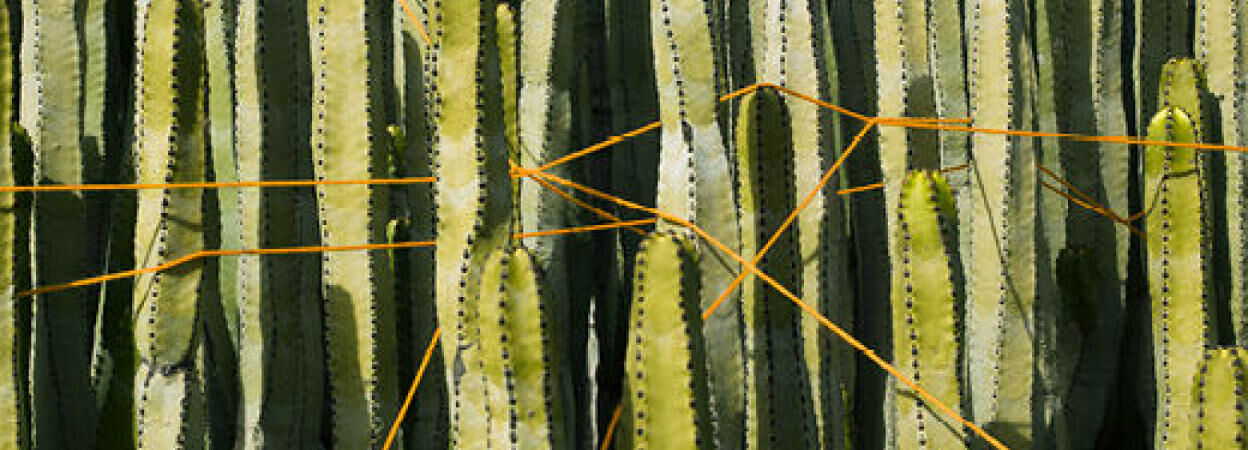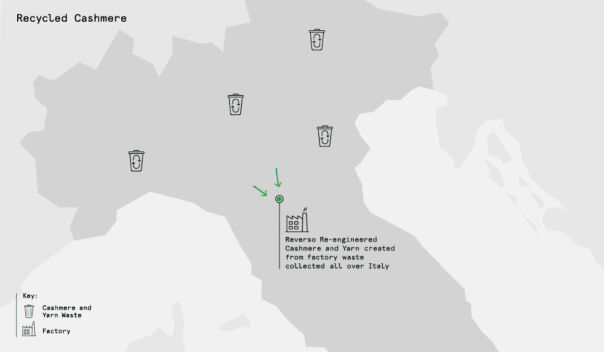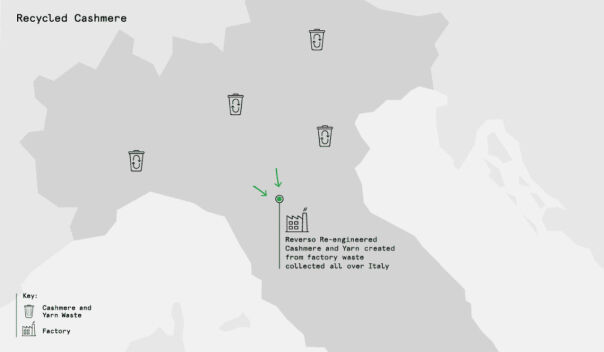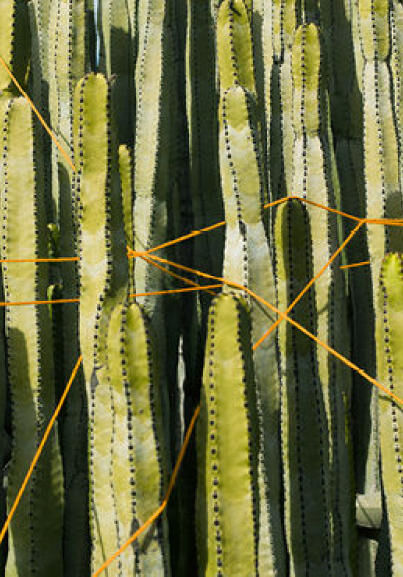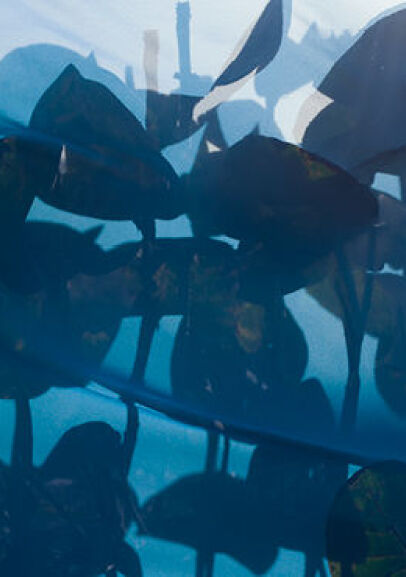We aim to prove that it is possible to create luxurious products without causing unnecessary harm to the planet. Cashmere is one of the most valuable natural materials in fashion and we are helping to protect the future of this incredible material by redefining ‘waste’.
Cashmere is one of the most valuable natural materials in fashion and we are helping to protect the future of this incredible material by redefining ‘waste’.
With one decision, we reduced our environmental impact related to cashmere use by an incredible 92% (as calculated using the EP&L). We stopped using virgin cashmere.
Our knitwear collections are made from re-engineered cashmere, which offers the same soft, insulating qualities as cashmere – just without the environmental impact associated with animal rearing.
Cashmere in the EP&L
- In 2014 our use of cashmere accounted for 28% of our total EP&L impact, despite making up only 0.1% of our material usage. By 2016 we were able to reduce this to 11% of our total impact despite using larger quantities of cashmere. This is due to our decision to stop using virgin cashmere.
- In 2016 our overall cashmere usage was 34% higher than in 2015 but the total environmental impact associated with our cashmere use reduced by almost 20%.
Innovating to improve impact
Out of all the materials we use, virgin cashmere has the highest environmental impact – roughly 100 times that of wool. That’s why we have stopped using virgin cashmere in our knitwear collections.
Instead we use Re.Verso™, recycled cashmere made from post-factory cashmere waste in Italy. Re.Verso™ is the first and only platform for re-engineering cashmere materials for fashion. Using this material demonstrates our commitment to making fashion circular, which means an industry that is restorative and regenerative by design.
How is Re.Verso cashmere made?
Cashmere waste from factories is sorted by hand, which requires a skilled touch to identify the difference between a variety of different fibres. As the majority of Re.Verso™ yarns are not re-dyed, the materials are sorted by colour and fibre, before being sent for testing to ensures fibre content and chemical safety. Re.Verso™ is also GRS (Global Recycling Standard) certified which ensure that all of the recycling steps are traceable and verified.
By creating beautiful clothing from reengineered cashmere, we’re redefining waste and showing that system is possible.
Protecting the future of cashmere
It takes four goats to produce enough fibre to make a single cashmere sweater, whereas one sheep produces enough fibre to make five wool sweaters. That’s why cashmere has traditionally been considered a luxury material. But today, cashmere has become ubiquitous.
To meet the demand for accessible cashmere products, farmers have increased the number of goats in their herds, which has led to negative environmental impacts, particularly in Mongolia.
Goats graze on the grasses and their hooves pierce the soil surface, which can prevent grass from re-growing. Where grasslands were once rich and thriving, they are now victim to desertification. According to the United Nations Development Programme, 90% of Mongolia is fragile dry-land, under increasing threat of desertification.
We are working on the ground through Kering with the Wildlife Conservation Society to restore the Mongolian grasslands.
Together, we are working to create a more sustainable system for cashmere production where herders are paid fairly, and where there is an incentive for better quality materials whilst reversing the desertification that has already taken place.
Our knitwear collections are made from re-engineered cashmere if this caption spans more than two lines truncate...
Our knitwear collections are made from re-engineered cashmere if this caption spans more than two lines truncate...
Our knitwear collections are made from re-engineered cashmere if this caption spans more than two lines truncate...
Our knitwear collections are made from re-engineered cashmere if this caption spans more than two lines truncate...
Our knitwear collections are made from re-engineered cashmere if this caption spans more than two lines truncate...
